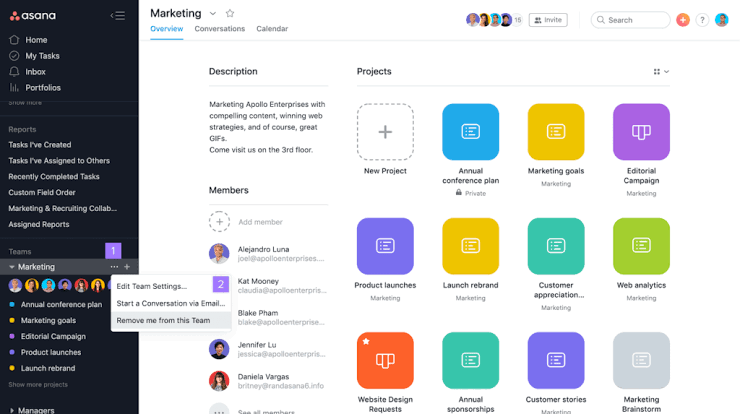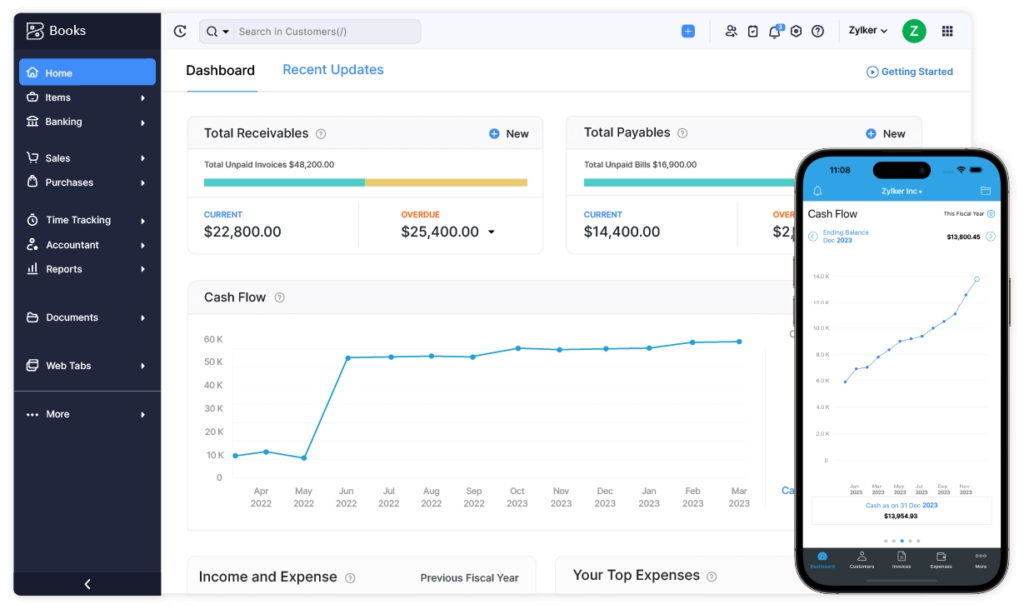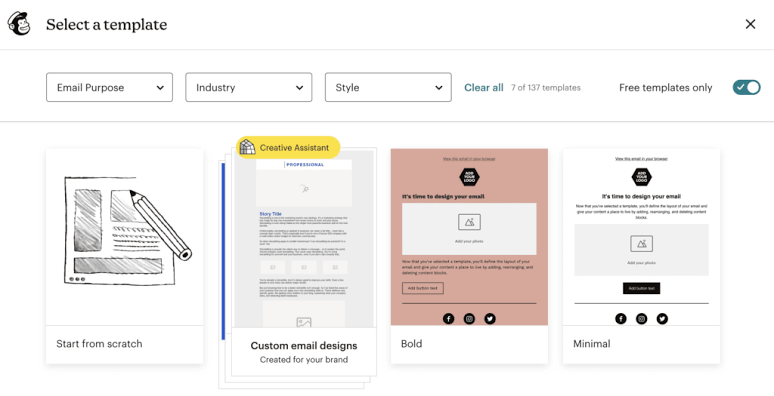
Want to start a business with little to no money? Learn how to achieve bootstrapping success by leveraging strategic growth, lean operations, and cost-effective marketing. These proven tactics will help you build a thriving business without external funding.
Table of Contents
- Introduction: Why Bootstrapping Success Matters
- Bootstrapping Success starts with the Right Business Idea
- Running Lean: How to Minimize Costs & Maximize Efficiency
- Bootstrapping Success with Organic Growth Strategies
- Smart Monetization: Turning Small Investments into Big Returns
- Mindset Shifts: The Key to Long-Term Bootstrapping Success
- Conclusion: Take the First Step Toward Your Business Goals
Introduction: Why Bootstrapping Success Matters
Building a business with minimal capital might seem daunting, but some of the world’s most successful companies—like Apple, Dell, and Mailchimp—started with little to no funding. The secret? Smart strategy, resourcefulness, and an unshakable commitment to growth.
Bootstrapping success means relying on personal savings, revenue reinvestment, and creative problem-solving instead of external investors. While it requires discipline and patience, the rewards are significant—you maintain full control of your business, avoid debt, and create a sustainable, self-funded company.
This guide will walk you through the essential steps to start and grow a business on a tight budget, from identifying the right idea to scaling with minimal resources.
Bootstrapping Success starts with the Right Business Idea

Not all businesses can thrive with limited capital. Choosing a model that aligns with bootstrapping success is crucial. Here’s how to identify a profitable idea:
1. Solve a Real Problem
The best businesses solve specific problems. Ask yourself:
- What skills or knowledge do I already have?
- What problems do people frequently ask me to help with?
- What services or products do people need but struggle to find?
2. Leverage Your Existing Resources
Instead of investing in expensive inventory or infrastructure, consider service-based businesses like freelancing, consulting, or digital product creation.
3. Validate Before You Invest
Use these methods to test demand:
- Offer pre-orders before full production.
- Run a small-scale test using social media or email lists.
- Use surveys or engage in online communities to gauge interest.
Choosing the right business model ensures you don’t waste time and money on an idea that won’t succeed.
Running Lean: How to Minimise Costs & Maximise Efficiency
Every dollar matters when you’re bootstrapping. Here’s how to keep expenses low while maintaining productivity.
1. Work Smarter with Free or Affordable Tools
Design & Branding:

Canva (free design tool)
Project Management:

Trello, Asana, or ClickUp
Accounting & Finance:

Wave or Zoho (free accounting software)
Marketing & CRM:

Mailchimp (free email marketing)
2. Barter & Collaborate

Exchange services instead of paying for them. Need a website? Offer a social media strategy in return. Networking with other entrepreneurs can lead to cost-effective collaborations.
3. Automate & Outsource Wisely

Automate repetitive tasks with tools like Zapier, and hire freelancers for specialized work instead of full-time employees.
By keeping operations lean, you maximise efficiency while preserving capital.
Bootstrapping Success with Organic Growth Strategies
Marketing doesn’t have to be expensive. Here’s how to build an audience and attract customers without spending a fortune.
1. Content Marketing & SEO

- Start a blog with valuable, keyword-rich content.
- Optimize your website for search engines to generate organic traffic.
- Share insights, tutorials, and case studies to establish authority.
2. Social Media Growth

- Use Instagram, LinkedIn, and Twitter to share valuable content.
- Engage in niche Facebook groups and Reddit communities.
- Create shareable content—Reels, infographics, and carousels work well.
3. Free Publicity & PR

- Pitch your startup story to podcasts, blogs, and YouTube channels.
- Get featured on HARO (Help a Reporter Out) to gain media exposure.
4. Email Marketing on a Budget

- Build an email list from day one using free tools.
- Offer a free resource (eBook, checklist) in exchange for email sign-ups.
- Send personalized, value-driven emails to nurture leads.
With these organic marketing tactics, you can generate traffic and sales without spending on ads.
Smart Monetisation: Turning Small Investments into Big Returns

Once you have an audience, it’s time to generate revenue. Here are cost-effective monetization strategies:
1. Sell Digital Products
Create and sell eBooks, templates, or online courses—these have high profit margins and require little investment.
2. Offer High-Ticket Services
Freelancing, coaching, or consulting can bring in significant revenue quickly with minimal upfront costs.
3. Subscription & Membership Models
Launch a paid community or exclusive content subscription for recurring revenue.
4. Affiliate Marketing
Recommend products you trust and earn commissions through referral links.
By choosing scalable and low-cost monetization strategies, you ensure steady revenue growth without heavy investment.
Mindset Shifts: The Key to Long-Term Bootstrapping Success

Beyond strategy and execution, a strong entrepreneurial mindset is critical. Here’s how to stay resilient:
1. View Constraints as Opportunities
Lack of funding forces innovation. Focus on creative problem-solving instead of dwelling on limitations.
2. Embrace Continuous Learning
Stay updated with industry trends, marketing strategies, and financial management to adapt and grow.
3. Build a Support Network
Surround yourself with like-minded entrepreneurs. Join networking groups, attend webinars, and seek mentorship.
4. Be Patient & Persistent
Success in bootstrapping success takes time. Stay committed to your vision and make data-driven decisions.
A strong mindset ensures you stay motivated, even when challenges arise.
Conclusion: Take the First Step Toward Your Business Goals
Starting a business with minimal capital is entirely possible with the right approach. By leveraging smart strategies, keeping operations lean, and using cost-effective marketing, you can achieve bootstrapping success without relying on investors.
Now it’s time to take action. Which strategy will you implement first? Share your thoughts in the comments.





